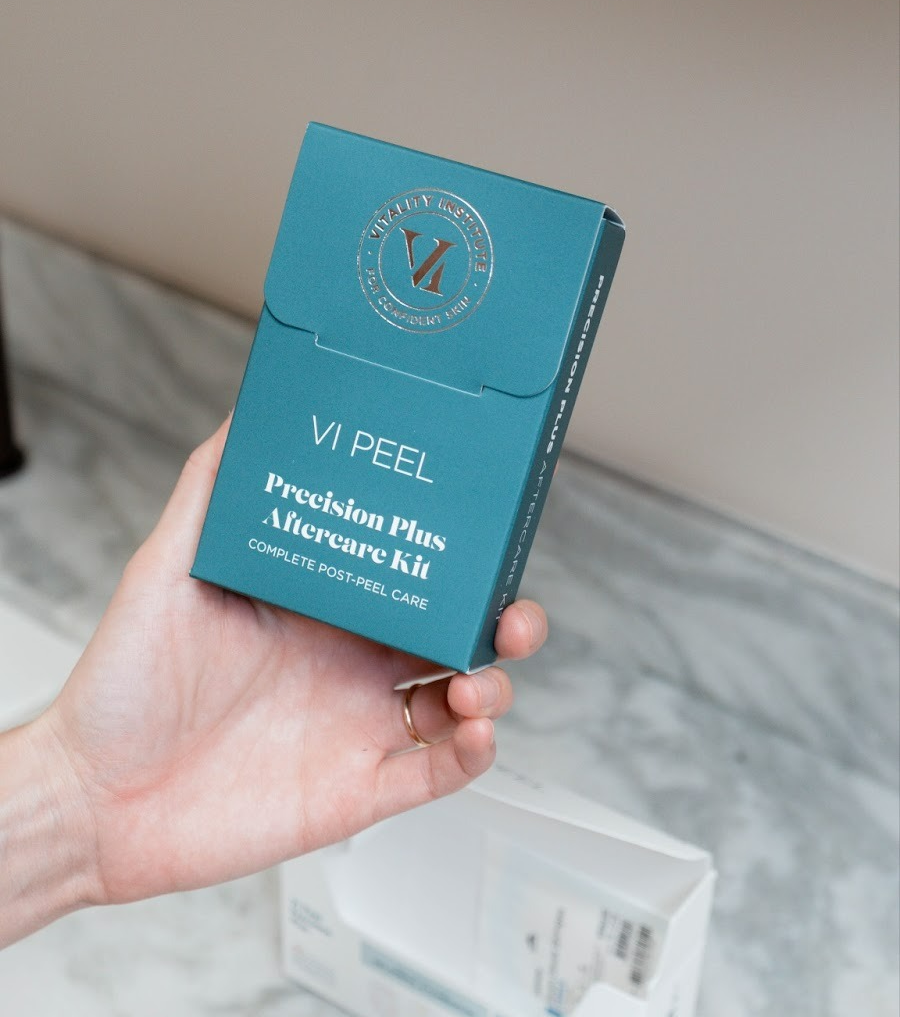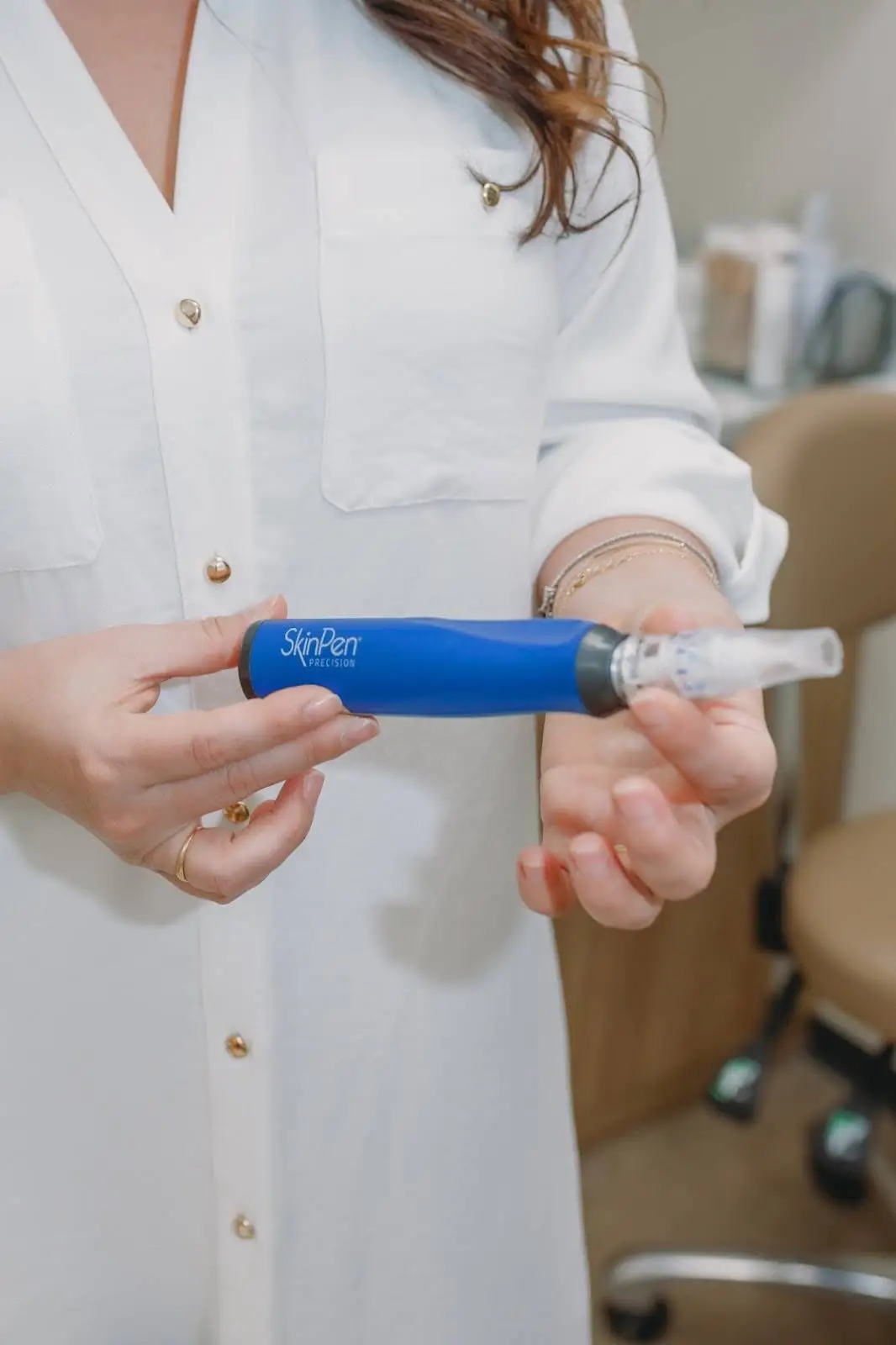
LED PHOTOTHERAPY: HOW IT WORKS USES BENEFITS AND RISKS?

In recent years, LED phototherapy has gained popularity as a non-invasive and effective treatment for various skin conditions. This cutting-edge technology utilizes light-emitting diodes (LEDs) to deliver certain wavelengths of light to the skin, promoting healing, rejuvenation, and overall skin health. In this blog, we will probe the fascinating world of LED phototherapy, including how it works, its uses, benefits, and potential risks.
Understanding LED Phototherapy
LED phototherapy, also known as light therapy or photobiomodulation, involves the application of specific wavelengths of light to the skin. These wavelengths penetrate the skin’s layers, stimulating cellular activity and triggering various therapeutic effects. LEDs emit light in different colors, each with unique properties and benefits.
Mechanisms of Action
LED phototherapy works through several mechanisms. Firstly, it enhances cellular metabolism by increasing the production of adenosine triphosphate (ATP), the energy currency of cells. This leads to accelerated healing and regeneration. Additionally, the specific wavelengths of light can modulate the production of cytokines and growth factors, influencing inflammation and tissue repair processes.
Different LED Colors and Their Benefits
a. Red Light: Red light (wavelengths between 620-700 nm) stimulates collagen production, improving skin elasticity and reducing fine lines and wrinkles. It also enhances blood circulation, promoting a more youthful and radiant complexion.
b. Blue Light: Blue light (wavelengths between 415-460 nm) has powerful antibacterial properties, making it an effective treatment for acne and other skin conditions caused by bacteria. It targets and kills the bacteria responsible for acne without harming healthy skin cells.
c. Green Light: Green light (wavelengths between 495-570 nm) calms the skin, reducing redness and irritation. It helps balance skin tone and benefits individuals with rosacea or hyperpigmentation.
d. Yellow Light: Yellow light (wavelengths between 570-590 nm) stimulates lymphatic drainage and improves the overall detoxification process. It can help reduce swelling and inflammation, making it useful for individuals with sensitive or compromised skin.
e. Near-Infrared Light: Near-infrared light (wavelengths between 700-1000 nm) penetrates deeper into the skin, promoting collagen synthesis, wound healing, and reducing inflammation. It is beneficial for advanced skin rejuvenation and pain management.
Common Applications of LED Phototherapy
a. Acne Treatment: Blue and red light therapy effectively targets acne-causing bacteria and reduces inflammation, leading to a clearer complexion.
b. Skin Rejuvenation: Red and near-infrared light stimulate collagen production, improve skin texture, reduce wrinkles, and promote a youthful appearance.
c. Wound Healing: LED phototherapy accelerates wound healing by boosting cellular regeneration and reducing inflammation.
d. Pain Management: Near-infrared light therapy can alleviate musculoskeletal pain and joint stiffness and promote tissue repair.
e. Psoriasis and Eczema: LED phototherapy can help manage these chronic skin conditions by reducing inflammation and promoting healing.
f. Hair Loss Treatment: LED therapy can stimulate hair follicles, promoting hair growth and reducing hair loss.
Benefits of LED Phototherapy
a. Non-Invasive and Painless: LED phototherapy is a non-invasive treatment that does not require downtime or recovery. It is painless and does not cause discomfort during or after the session.
b. Safe for All Skin Types: LED therapy is safe for all skin types, including sensitive skin, as it does not produce heat or UV radiation.
c. No Side Effects: LED phototherapy has minimal side effects and is well-tolerated by most individuals. Unlike other skin treatments, LED therapy does not cause burns, scarring, or pigmentation changes.
d. Cost-Effective: LED phototherapy offers a cost-effective solution for various skin concerns. LED therapy is generally more affordable and requires fewer sessions to achieve noticeable results than more invasive procedures, such as laser treatments or chemical peels.
e. Convenient and Time-Efficient: LED phototherapy sessions are typically short, ranging from 10 to 30 minutes, depending on the treatment area. This makes it a suitable option for individuals with busy schedules, as it can easily be incorporated into a skincare routine.
Risks and Precautions
While LED phototherapy is considered safe, there are some precautions to keep in mind:
a. Eye Protection: Direct exposure of the eyes to LED light can be harmful. Therefore, wearing protective goggles during the treatment is essential to shield the eyes from potential damage.
b. Photosensitivity: Some medications, topical creams, or oral supplements can cause photosensitivity. It is crucial to inform the healthcare professional about any medications or treatments you are currently using to determine the suitability of LED therapy.
c. Consultation with a Professional: It is advisable to consult a skin care professional before undergoing LED phototherapy. They can evaluate your skin condition, recommend the appropriate treatment plan, and ensure it aligns with your skincare goals.
Combining LED Phototherapy with Other Treatments
LED phototherapy can be used as a standalone or combined with other skincare procedures for enhanced results. It is often paired with facials, chemical peels, or microdermabrasion to maximize the benefits and improve overall skin health.
Emerging Applications of LED Phototherapy
While LED phototherapy has gained recognition for its effectiveness in treating various skin conditions, ongoing research suggests potential new applications for this innovative technology. Some emerging areas of interest include
a. Mood Enhancement and Mental Wellness: Recent studies have explored the potential benefits of LED phototherapy in improving mood and mental well-being. Certain wavelengths of light, such as blue and green light, have been found to influence neurotransmitters and regulate circadian rhythms, positively impacting mood disorders like depression and seasonal affective disorder (SAD). LED devices with specific light settings may provide a non-invasive and accessible option for individuals seeking mood enhancement.
b. Wound Care and Scar Reduction: LED phototherapy shows promising results in wound healing and scar reduction. Delivering light energy to the affected area can accelerate tissue repair, minimize scar formation, and improve overall wound aesthetics. Research is ongoing to determine optimal light wavelengths, treatment durations, and protocols for different types of wounds, including surgical incisions, burns, and chronic ulcers.
Conclusion
LED phototherapy is an exciting and rapidly advancing field within dermatology, offering a wide range of benefits for skin health and overall well-being. From its well-established applications in acne treatment and skin rejuvenation to emerging areas like mood enhancement and wound care, LED therapy continues to demonstrate its efficacy and versatility.
If you’re interested in experiencing the benefits of LED phototherapy, consider visiting The Skin Clinic, a trusted destination for advanced skincare treatments. With its team of experienced professionals and state-of-the-art LED devices, The Skin Clinic offers personalized treatment plans tailored to your specific needs and concerns. Whether you’re seeking to address acne, reduce the appearance of wrinkles, or improve your skin’s overall health and radiance, their expertise and cutting-edge technology ensure exceptional results.
At The Skin Clinic, you can rest assured that your safety and satisfaction are their top priorities. Their staff will guide you through the process, addressing concerns and ensuring you receive the highest quality care.
Take advantage of the transformative power of LED phototherapy. Visit The Skin Clinic today and discover the remarkable benefits of this innovative treatment modality. Achieve healthier, more radiant skin and embrace a new level of confidence and well-being. Trust The Skin Clinic to deliver exceptional results and a rejuvenating experience you will remember.
Recent Posts


VI Peels Explained: Your Comprehensive Guide to Skin Rejuvenation

Upneeq for Bright, Alert Eyes: Who It’s For and How It Works

How B12 Shots Boost Energy and Skin Health: The Wellness Connection

One Size Doesn’t Fit All: Treatments Tailored to Your Needs


